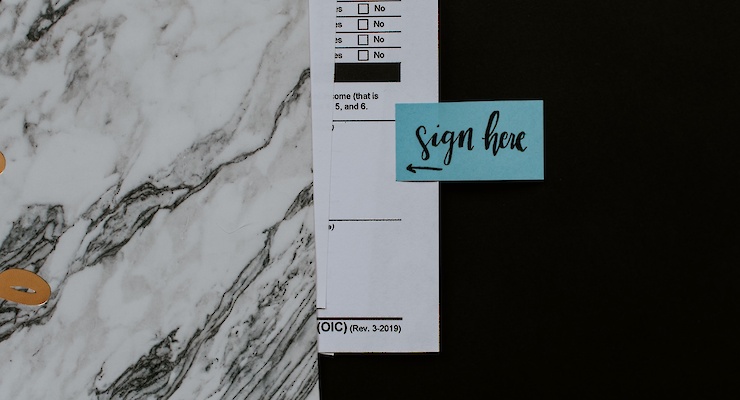


Content Writer

Head of Content

If you have a long-term disability, you may qualify for a HOLD mortgage (Home Ownership for People with Long-Term Disabilities). In this guide, you'll learn how this scheme works, which lenders are involved in it and how we can help you with your application.
What is the HOLD scheme?
This scheme helps you to buy a home on a Shared Ownership basis in England if you meet all of the following criteria:
- Have a long-term disability (as defined by the Equality Act 2010)
- Have an annual household income not exceeding £80,000, (£90,000 in London)
- Are unable to find a property that meets your needs under any other government housing scheme
- Do not own any other property, or part of a shared ownership property
You must also meet at least one of the following criteria:
- You're a first-time buyer
- You used to own a home but cannot afford to buy one now
- You're forming a new household - for example, after a relationship breakdown
- You're an existing shared owner, and you want to move
- You own a home and want to move but cannot afford a new home for your needs
More information on the HOLD scheme can be found on the Affordable Homes government page
If you're disabled and want to buy a home but don't qualify for the scheme, there may be other options available to you. Speak to one of our specialist mortgage brokers for more advice on how we may be able to help you find a suitable mortgage:
How do HOLD mortgages work?
There is no specific 'HOLD mortgage', rather lenders who will provide a shared ownership mortgage to be used with the HOLD scheme.
The HOLD scheme allows people in England with long term disabilities to identify a suitable home to purchase on the open market which meets their needs, if these needs cannot be met by other shared ownership homes. This differs to the broader shared ownership scheme, which only allows buyers to purchase allocated shared ownership properties.
Shared ownership mortgages share some similarities with standard mortgages. You still use a mortgage deposit to cover a certain percentage of the home value, and you also borrow money from a mortgage lender towards the purchase cost of the home. However, with a shared ownership property you only buy a share of the home, and pay rent to the landlord (in this case the HOLD scheme who purchase the property on your behalf) for the part you're not buying.
You initially buy between 10% and 75% of the propety, depending on your affordability, so for example:
You might purchase 50% of your chosen property. You will usually need at least 5% deposit, so on a £200,000 property you would buy £100,000 share (borrow £95,000 from the mortgage lenders, and pay £5000 as a deposit) HOLD would purchase the other 50% (£100,000) of the property and you would pay rent to them for that share.
With the HOLD scheme you can eventually own 100% of the property. Usually you increase your ownership as and when you can afford to do so through a process known as staircasing. The rent will reduce in line with your increased ownership, as you'll be renting a smaller element of the property.

Get the right mortgage advice
Who are the main HOLD mortgage providers?
Those Lenders participating in the HOLD mortgage scheme don't necessarily publicise their involvement. This means that it can be difficult to find a suitable lender when looking for a mortgage to use alongside this scheme. However, some lenders who have acknowledged their support for the HOLD scheme are:
However, it's likely that you'll need to access them through their approved broker, rather than directly, when applying for this scheme.
Speaking to a mortgage broker with an awareness of HOLD, and other mortgages suitable to disabled borrowers, like ourselves, can help you to access the right finance to buy your own home, even if the HOLD scheme is not suitable.
How to get a HOLD mortgage
Applying for a home through the HOLD scheme is quite lengthy, compared to buying a home with a traditional mortgage, so getting a mortgage won't be your first step. However, if you follow these helpful steps you'll be well on the way to owning your own home through the HOLD scheme:
- Find a home you would like to buy in an area where HOLD operates. Keep in mind that most, but not all of England participates in this scheme, for example, you cannot purchase a HOLD property in London, Sussex, Cambridgeshire, Suffolk, Norfolk, Shropshire, or the North West of England.
- Confirm scheme eligibility by completing an enquiry form with the relevant shared ownership provider for your area. This will then be reviewed and you'll have an initial assessment by the relevant HOLD team, who will confirm whether or not you qualify for the scheme.
- You will then need to provide the relevant HOLD team with a letter from an Independent Financial Advisor or mortgage broker to confirm that the Shared Ownership scheme is affordable for you. This is usually a Mortgage in Principle agreement, which can be provided by a mortgage broker, like ourselves.
- You then go through a series of document checks and formal assessment with the HOLD team.
- A full mortgage application can be made once the HOLD team have completed their assement and approved your mortgage in principle documents.
- Once you have found a property that suits your needs the HOLD provider purchase it on your behalf and sell the agreed share to you.
Not everyone with a long term disability will qualify for the HOLD scheme, and it isn't available in every area. However, keep in mind that there are other options available. A disability charity or broker specialising in mortgages for disabled customers should be able to help you look into alternatives if necessary.
Make an enquiry here to speak to a broker who specialises in this area.
FAQs
It's perfectly possible to use disability benefit income towards mortgage payments, particularly if this is your main source of income. However, not all lenders accept benefits as a main source of income, and some only consider a percentage of them. Unless you have an additional non-benefit-related income, there will, therefore, be fewer lenders available to you.
A broker with experience in helping disabled customers will be able to advise which lenders are most likely to consider your disability benefits as a main source of income.
Choosing an Adviser
Selecting a qualified and experienced mortgage adviser is of great importance. To choose a suitable adviser, evaluate their qualifications, experience, and reputation, and ensure they are regulated by the Financial Conduct Authority (FCA).
Read reviews from previous clients and make sure they provide a clear explanation of the products and services they offer, as well as the fees and charges associated with them.





















































































































































